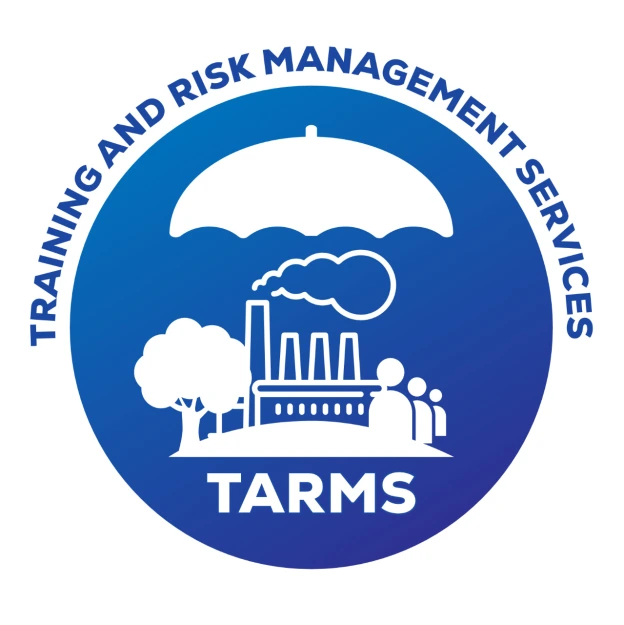
Psychological Safety in the Workplace:
Introduction
Psychological safety in the workplace is a foundational element for promoting a culture where employees feel secure enough to express their thoughts, ideas, concerns, and even mistakes without fear of humiliation or retribution. A psychologically safe workplace encourages a shared belief that it is safe to take interpersonal risks, enabling a culture of openness, trust, and continuous improvement.
Key Elements of Psychological Safety
-
Trust and Respect:
Trust is the cornerstone of psychological safety. In a trusting environment, employees feel assured that they will not be punished or ridiculed for speaking up. Respect, meanwhile, ensures that every employee feels valued regardless of their opinions or contributions. Trust and respect work hand in hand to create a space where individuals feel empowered to take risks, innovate, and engage fully with their work.
-
Encouragement of Open Communication:
- A psychologically safe workplace actively encourages open and honest communication. Leaders play a pivotal role by modeling behaviors such as active listening, welcoming diverse perspectives, and promoting constructive feedback. This openness not only cultivates creativity but also drives a culture where learning from failures is celebrated rather than stigmatized.
-
Support for Learning and Growth:
- Psychological safety is closely linked to a growth mindset, where employees are encouraged to view challenges and failures as opportunities for learning. Organizations that foster this mindset provide space for experimentation, iterative learning, and continuous improvement, leading to more resilient and adaptable teams.
-
Inclusive Culture:
- Inclusivity is a critical aspect of psychological safety. A diverse and inclusive environment recognizes and values the unique contributions of each team member, irrespective of their background, experience, or perspective. This diversity not only enriches decision-making processes but also ensures that all voices are heard and respected, which is fundamental to psychological safety.
-
Constructive Conflict Resolution:
- In a psychologically safe workplace, conflicts are managed constructively. Disagreements are viewed as opportunities for dialogue and understanding rather than as threats. By encouraging open discussions around differing viewpoints, organizations can turn potential conflicts into productive exchanges that enhance team cohesion and performance.
The Organizational Impact of Psychological Safety
-
Enhanced Innovation and Creativity:
- Psychological safety is a catalyst for innovation. When employees feel free to express unconventional ideas or propose novel solutions without fear of criticism, creativity flourishes. This environment allows organizations to tap into their employees’ full creative potential, driving new product development, process improvements, and disruptive innovations.
-
Improved Employee Engagement and Retention:
- Psychological safety is directly linked to higher levels of employee engagement and job satisfaction. Employees are more likely to remain with an organization where they feel secure, respected, and valued. This reduces turnover rates and associated costs while enhancing the organization’s ability to attract top talent.
-
Superior Team Performance:
- Teams characterized by high psychological safety are typically more effective. They are better at sharing knowledge, leveraging diverse perspectives, and collaborating to solve complex problems. This leads to improved decision-making, enhanced problem-solving capabilities, and superior overall team performance.
-
Greater Learning and Adaptability:
- In a psychologically safe environment, employees are more inclined to acknowledge mistakes, learn from them, and adapt their strategies accordingly. This continuous learning culture is crucial for organizations operating in dynamic, fast-paced industries where agility and adaptability are key competitive advantages.
Strategies for Cultivating Psychological Safety
-
Leadership Commitment:
- The role of leaders in cultivating psychological safety cannot be overstated. Leaders must model the behaviors they wish to see, such as transparency, humility, and openness to feedback. By demonstrating vulnerability—such as admitting their mistakes or uncertainties—they set a powerful example that encourages employees to do the same.
-
Clear Communication Channels:
- Establishing clear and open communication channels is essential for psychological safety. This involves creating multiple platforms—such as regular team meetings, anonymous feedback systems, or open-door policies—where employees can voice their opinions, share concerns, or offer suggestions without fear of repercussions.
-
Active Promotion of Inclusivity:
- To build a psychologically safe workplace, organizations must actively promote an inclusive culture. This involves recognizing and addressing unconscious biases, providing equal opportunities for all employees, and fostering a culture of mutual respect and dignity. Initiatives such as diversity training, mentorship programs, and inclusive hiring practices can further support these efforts.
-
Ongoing Training and Development:
- Continuous training on emotional intelligence, communication skills, and conflict resolution can empower both employees and leaders to contribute to a psychologically safe environment. Such training helps individuals understand their own emotions and those of others, enhancing empathy, understanding, and collaboration.
-
Recognition and Reward Systems:
- Recognizing and rewarding behaviors that contribute to psychological safety is crucial. Whether through formal recognition programs or informal acknowledgment, celebrating employees who model openness, support, and constructive feedback reinforces these behaviors across the organization.
Measuring and Sustaining Psychological Safety
-
Employee Surveys and Feedback:
- Regular employee surveys and feedback mechanisms are effective tools for measuring psychological safety. These tools can help organizations identify areas for improvement, track progress over time, and make necessary adjustments to foster a more psychologically safe environment.
-
Key Performance Indicators (KPIs):
- Develop KPIs related to psychological safety, such as employee engagement scores, retention rates, and innovation metrics. These indicators can provide valuable insights into the effectiveness of psychological safety initiatives and help align them with broader organizational goals.
-
Continuous Improvement:
- Psychological safety is not a one-time achievement but an ongoing process. Organizations must remain committed to continuously evaluating and improving their strategies, policies, and practices to maintain a culture of safety, trust, and respect.
Netshell
Psychological safety is more than a mere organizational buzzword; it is a critical driver of employee well-being, innovation, and organizational success. By fostering an environment where individuals feel secure, valued, and heard, organizations can unlock the full potential of their workforce, driving sustained performance and growth. As the workplace becomes increasingly complex and dynamic, prioritizing psychological safety should be at the forefront of every leader’s agenda.

